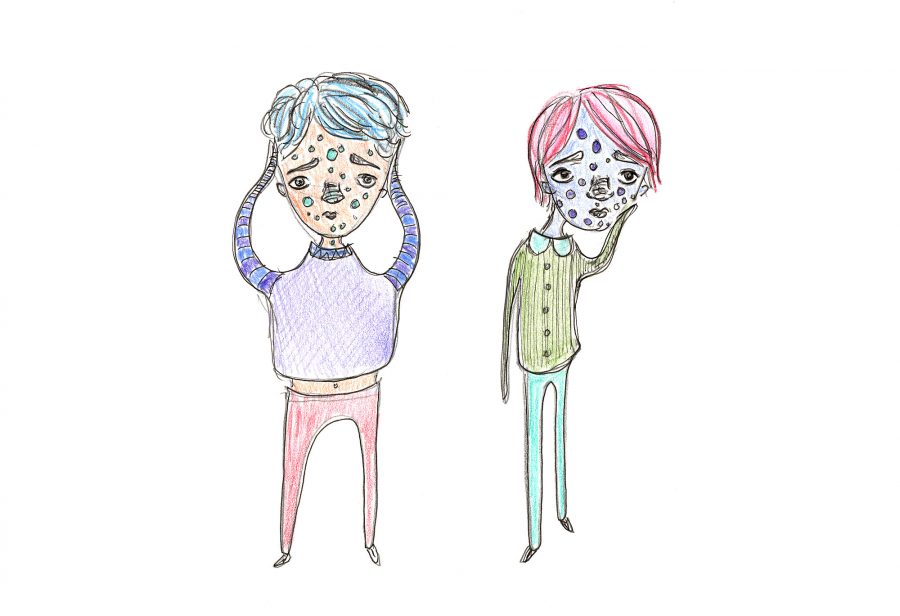As the new semester proceeds, recent flu outbreaks have seized students and teachers, bringing a chorus of coughs and sneezes to the hallways of Albuquerque Academy. Although there are flu cases every year, countermeasures against the flu have become less effective recently.
The viruses circulating each year are technically defined as seasonal flu epidemics. Recently, however, current flu strains appear to be worse than those of previous years because some seem to have “drifted,” meaning they have small antigenic or genetic changes and have thus evolved from previously circulating flu viruses. This happens fairly often and is the reason why there is a new vaccine created each year. This year’s vaccine, however, seems less effective than usual. This is mainly because the virus seems to have drifted since the vaccine was made.
By injecting antigens into the body, the yearly vaccine protects individuals from the flu, thus reducing the spread of the illness. After the vaccine, the body produces antibodies that help protect against the viruses, even after initial antibody levels decrease. In order for them to be delivered on time, vaccines are created months before the predicted seasonal flus start circulating. This creates a wide margin of error because oftentimes the viruses that actually circulate have changed and drifted from the ones contained in the vaccine. This year, the vaccine was developed to protect against influenza A (H1N1) viruses, influenza A (H3N2) viruses, and influenza B. The flu presently circulating, however, is none of these, and seems to have drifted from the H3N2 virus.
The effectiveness of the flu vaccine also varies among different age and risk groups. Seasonal flu proves more severe in people 65 years or older and very young children, as well as people with underlying medical conditions. Although the vaccine may not be as effective as that of previous years, it still provides countermeasures against viruses originally in the vaccine and gives some protection against those not in the vaccine.
Because vaccines need time in advance to be created, it is difficult to change the vaccine after it has already been produced. Some other measures, however, can be used to increase the rate a person recovers from the flu after getting it. These include antiviral drugs such as Tamiflu, which is used to prevent and treat influenza A and influenza B and is taken orally. In the next few years, researchers will try to produce vaccines that encompass the flu strains that are predicted to circulate. The viruses chosen to be included in the vaccines will include more than just the basic strains in order to help protect against viruses that will possibly drift.
The effectiveness of the vaccine depends on how the flus evolve and how compatible the vaccine is with seasonal flus. There have been other occasions similar to this year in the past during which the flu has drifted and vaccines have been less effective. It is still advised, however, to get a yearly flu vaccine as it still protects from many strains.





